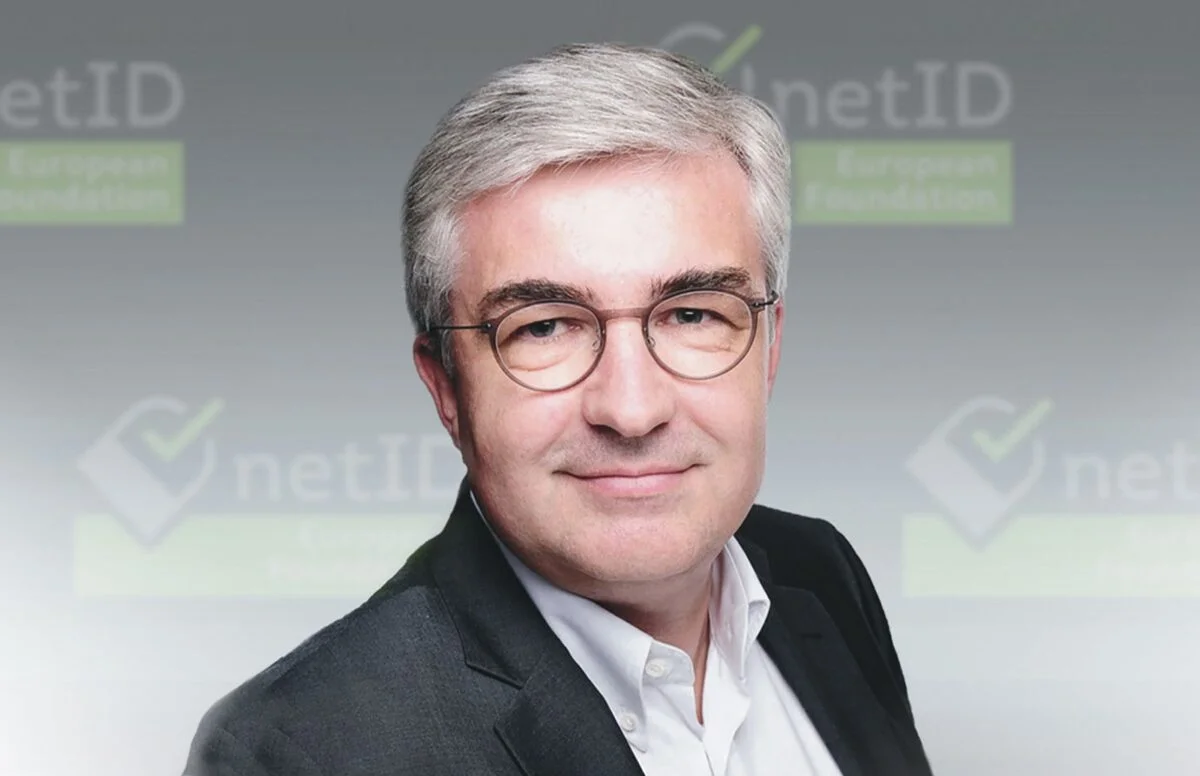What awaits the advertising industry after third-party cookies become extinct?
The imminent end of third-party cookies is a turning point for the online advertising sector. It is still not entirely clear how the demise of cookies will impact personalized advertising, and a similar across-the-board solution has yet to emerge.

Third-party cookies soon a thing of the past – Google gets the ball rolling
The importance of third-party cookies in digital advertising may have been dwindling for some time now, but Google’s announcement at the beginning of 2020 that its Chrome browser would phase out support for them over the next two years is putting the advertising industry in a desperate situation.
“Third-party cookies have pretty much been the digital identity of the online advertising industry for the past 20 years,” explains Tobias Wegmann, CTO of PREX Programmatic Exchange. “However, in light of the decision made by Google, the biggest player in the browser market, the concept has now in fact outlived itself and before long will be a thing of the past.”
It is now a race against time for the advertising industry. “Third-party cookie tracking helped many companies take off, but they are now at risk of crashing,” warns Sven Bornemann, CEO of European netID Foundation.
“The numerous measures that will ultimately seal the fate of third-party cookies will take effect in phases. A large proportion of online marketing needs suitable alternatives now. Without these, many business models will no longer work in a year’s time.”
How will the eradication of third-party cookies affect the advertising industry?
It is still largely unclear what direction online advertising will take and how the focuses will shift within the sector. Bornemann describes the current situation: “There is a high level of uncertainty in the market right now. Many publishers, advertisers, and agencies are constantly looking over their shoulder: What’s next? What are others doing? Do I need to act now, or can I wait a while?”

“For all business models that currently rely on third-party cookies, the question arises as to how potential technical successors will compare. For example, how retargeting will work in the future will only become apparent during the development process because across-the-board technical solutions to fill the gap are only just emerging and have not yet been fully defined,” explains Wegmann in this context.
“Project Rearc” and more: the search is on for alternatives to third-party cookies
How will it be possible to identify and track users in the future, while still respecting personal rights and legal regulations such as the GDPR and the planned ePrivacy Regulation? In response to current developments, the Interactive Advertising Bureau (IAB), an international trade association for digital advertising, first announced a plan in February 2020 that would allow personalized online ads to still be displayed. “Project Rearc” was presented at IAB’s annual meeting in California, but it is still in its early stages.
“With Project Rearc, IAB aims to define standards that will lead to alternative technical solutions for real-time advertising,” Bornemann emphasizes. In essence, the idea is to replace third-party cookies with cross-browser “identifiers” as a type of user detection based on email addresses or phone numbers, thereby enabling detailed tracking.
“At present, Project Rearc is still mainly concentrating on taking stock of the current business models with regard to the impact of the disappearance of third-party cookies. However, specific solution proposals for a new, privacy-compliant identification standard in online advertising should not be expected anytime soon,” says Wegmann.

In practice, the potential concept presented by IAB so far of a single login for various websites is extremely reminiscent of existing models from login alliances like netID that act as a central interface for logging into different services. In Bornemann’s opinion, it is no coincidence that IAB has taken this route. “netID already provides us with a login standard that conforms to data protection requirements and is suitable for Europe-wide use – a solution that can also address users across devices, thereby going beyond what has been possible with cookies up to now,” explains Bornemann.
The Google Privacy Sandbox – the market leader’s replacement for cookies?
With its “Privacy Sandbox”, Google is taking a different path in the search for suitable alternatives to cookies. Back in August 2019, the corporation published a range of proposals for striking the right balance between users, website operators, and advertising customers. One of the main ideas behind the Privacy Sandbox is that individual user information is stored in Google’s Chrome browser and aggregated for further use. Ad tech companies then receive limited access to the user data via an interface for advertising purposes. By withholding individual user data and instead combining it into user groups, the aim of the Privacy Sandbox interface is to rule out the possibility of directly addressing a specific person.
“With its Privacy Sandbox, Google is clearly exploiting its market dominance – IAB’s Project Rearc can therefore also be interpreted as a counterplan for a more cooperative and shared approach,” says Wegmann.
Adrian Berger, Senior Consultant at the “hmmh” digital agency strongly criticizes Google’s plans: “Ultimately, it’s a toss-up between diversity and an international monopoly in terms of user tracking. Above all else, Google wants Chrome to be the sole interface between data, the advertising industry, and e-commerce in the future. With initiatives like the Privacy Sandbox that only offer limited access to user data via an interface, the targeted display of content, ads, and product information is no longer really possible or is made very difficult. Moreover, such a global monopoly is hardly in the interests of the e-commerce sector.”
A stronger focus on contextual targeting?
Contextual targeting is another way of displaying ads appropriate to the target audience without the use of cookies. In contrast to other technical solutions, this approach uses intelligent algorithms in order to run ads according to context. By means of predefined keywords, ads can be placed in a relevant advertising context through semantic targeting.
Along with not storing personal data, contextual targeting also offers the advantage that ads are displayed precisely when a user is engaged in the topic, which ideally creates added value through advertising. When it comes to how the digital advertising sector will position itself in the future, both Bornemann and Wegmann are therefore confident that contextual advertising will play a stronger role.
The end of third-party cookies as an opportunity
It remains to be seen what route the advertising industry will take once third-party cookies become extinct and what technical solutions will shape the post-cookie era. But one thing is sure: time is running out for the digital advertising sector to find suitable answers to these complex challenges.
Sven Bornemann is optimistic: “The current situation also presents an opportunity for the European advertising industry to emancipate itself from the big U.S. market players to some extent and become less dependent. After all, they have imposed their own rules in their walled gardens, which also continue to apply.”




